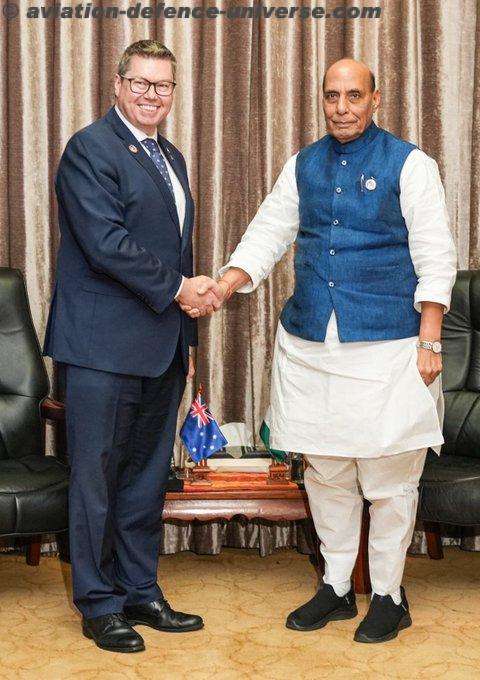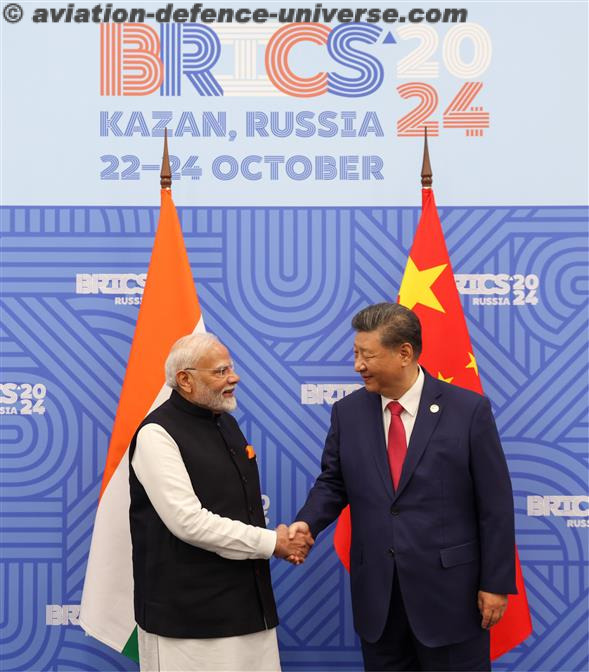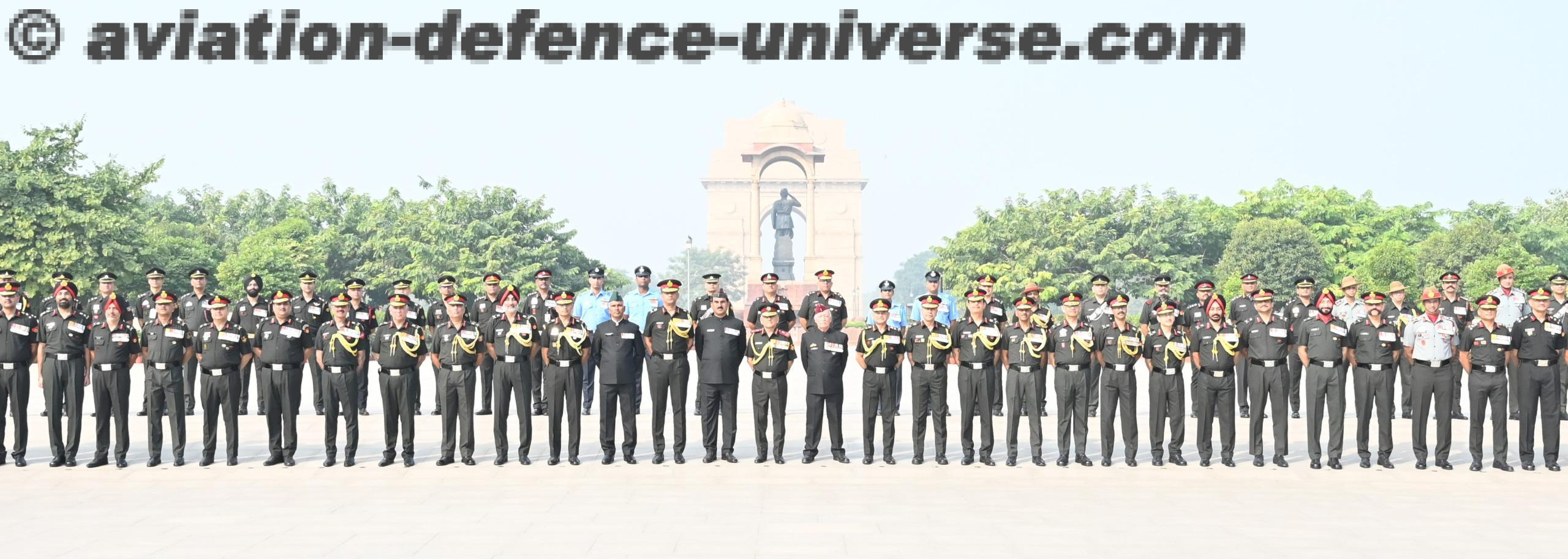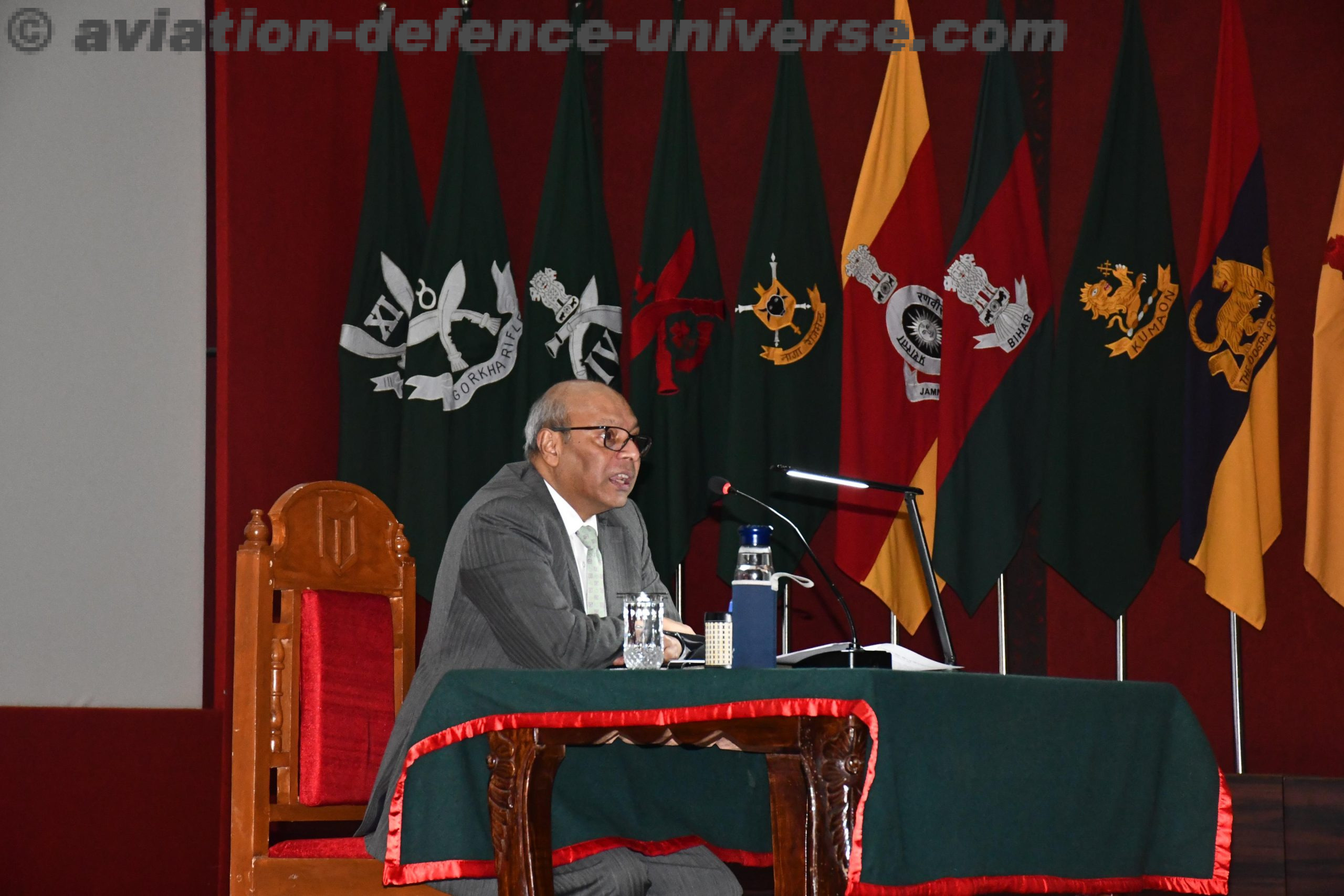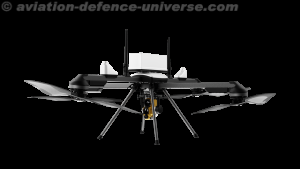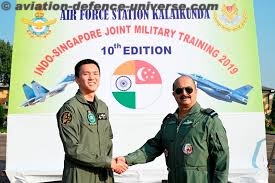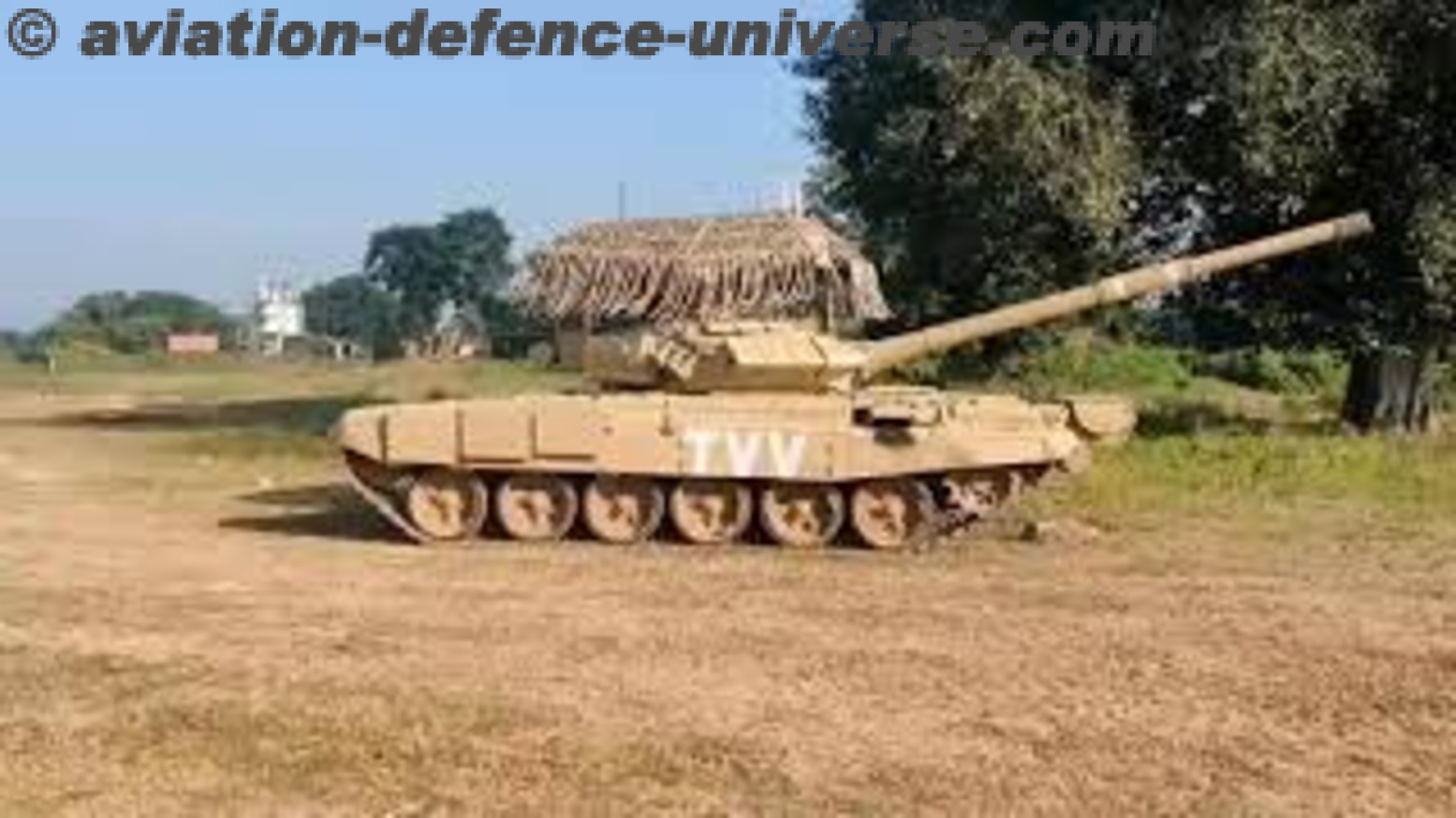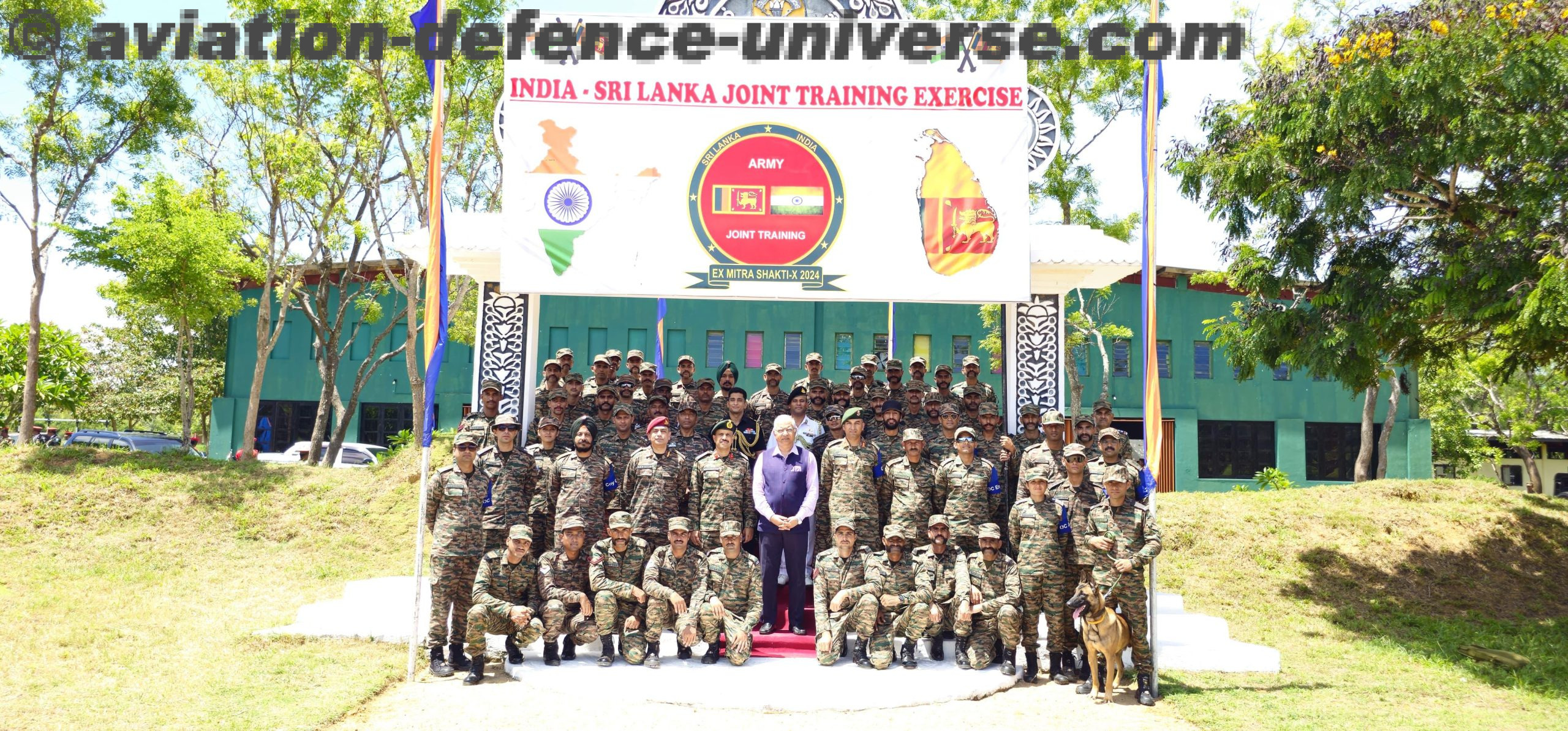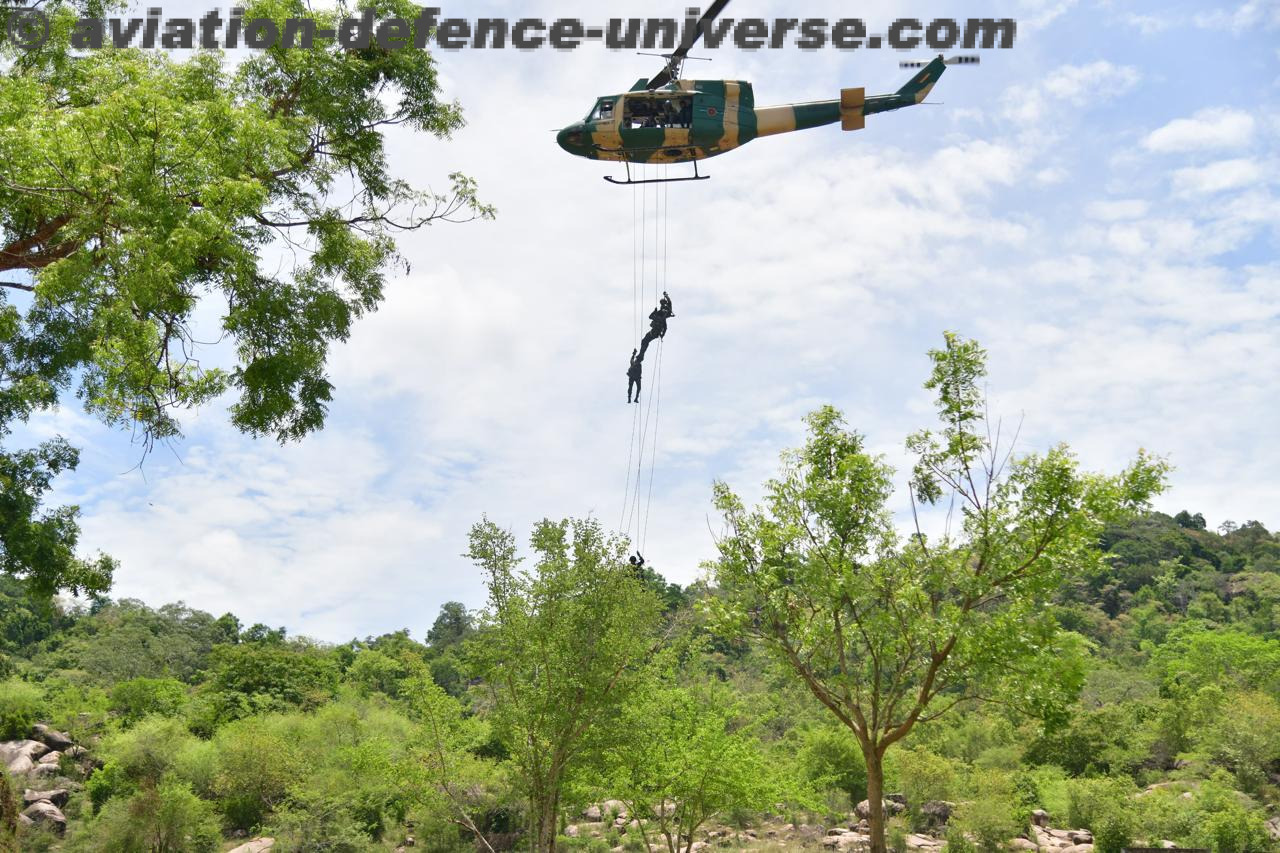- Teal Group’s Market Overview, published in its new Military C4I & EW Systems Briefing, forecasts the 10-year market for UAV/Drone SIGINT & Electronic Countermeasures (ECM) Systems to be worth $31 billion over the next decade.
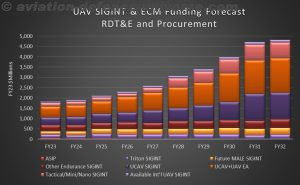 Signals Intelligence (SIGINT) has become not only a primary focus of electronic warfare (EW) over the past decade or two, but it now garners genuine “A-list” funding for UAVs as well as manned airborne platforms. SIGINT had a relatively low profile among manned EW programs in the Cold War, while jammers and radar and missile warning systems received most of the attention and funding. But that changed with the conflicts in Afghanistan and Iraq, and the threat continues today from non-state actors worldwide – new geographies of conflict resulted in changing needs.
Signals Intelligence (SIGINT) has become not only a primary focus of electronic warfare (EW) over the past decade or two, but it now garners genuine “A-list” funding for UAVs as well as manned airborne platforms. SIGINT had a relatively low profile among manned EW programs in the Cold War, while jammers and radar and missile warning systems received most of the attention and funding. But that changed with the conflicts in Afghanistan and Iraq, and the threat continues today from non-state actors worldwide – new geographies of conflict resulted in changing needs.
Now again forecast to be a major market in the future – as it was in the past – is electronic attack (EA), including Suppression of Enemy Air Defenses (SEAD). With the 21st century iteration of the Cold War’s near-peer threats (still Russia and China), many EA systems are either planned for, already aboard (as classified programs), or will soon be shifted to UAVs – especially stealthy Unmanned Combat UAVs (UCAVs). We include current and speculative UCAV EA program forecasts, including classified programs.
By 2020, most of the biggest SIGINT programs of record for UAVs were already well-established, with production underway in most cases or with first generation system production already complete. Despite this relative maturity, Teal Group forecasts the SIGINT market (when excluding UAV and UCAV EA) to continue to grow strongly, from $1.3 billion in FY23 to $3.1 billion in FY32, with a solid 10.3% CAGR.
But if production of EA systems for US Navy/Marine Corps, Army, and Air Force UCAV and UAV programs – including likely classified programs – is going ahead as we forecast, we see EA funding growing even more substantially than SIGINT as production ramps up – more than tripling from $520 million in FY23 to $1.7 billion in FY32, with a whopping 13.9% CAGR.
Regarding market segments, treated in detail in the new Briefing, delays and program cancellations and truncations (Global Hawk) have limited production of all major planned endurance UAV SIGINT programs so far. The plans of a few years ago, for major unclassified UAV SIGINT fleets for all services, have not yet been realized. The UAV SIGINT market will continue to grow steadily over the next few years, but perhaps without dominant unclassified programs.
Instead, much as Teal Group forecasts for the future of other UAV sensor markets, classified Combat UCAV and tactical/mini/ nano-UAV markets will provide the highest-growth markets and the largest markets in the out-years of our forecast. But as is evident from a close reading of our forecast charts and graphs (see the Briefing), the SIGINT component of this growth will remain steadier and more stable, even when including speculative classified funding forecasts. Production numbers of UCAVs will likely not be large this decade, and UCAV SIGINT systems may be less expensive than systems already in service on ISR HALE/MALE UAVs. Small Tactical, Mini-, and nano-UAVs will increasingly provide close-in tactical SIGINT for the soldier, but much funding will be for basic research and miniaturization of simple capabilities.
Instead, the electronic attack (EA) market for SEAD (Suppression of Enemy Air Defenses) and strike UCAVS will see major funding; it will grow from a very small market a few years ago to a dominant market later this decade. This represents a shift back to traditional electronic warfare (EW) funding as discussed above – manned-equivalent systems and funding for more traditional air strike missions versus near-peer opponents such as Russia or China. Most of these programs will remain classified, but our funding forecasts in line with legacy manned EA programs will see the UCAV EA market grow from just $186 million in FY16 to almost $1.1 billion forecast in FY30 – when we forecast full-rate production will have ramped up for the classified USAF SEAD/Strike UCAV.
Market shares and access are difficult to forecast with such a large “black” share of the total market. But with Airborne Signals Intelligence Payload (ASIP) aboard some US Air Force Global Hawks, with ASIP QRC systems aboard many other non-classified USAF endurance UAVs (Reaper), and with an ASIP derivative possibly nearing or in production for future Triton SIGINT UAVs, Northrop Grumman will remain important in the contracted, unclassified UAV SIGINT market, with at least $210 million in prime contractor funding in the next 10 years.
But Teal Group forecasts the new leader in the UAV SIGINT & EA market from FY23-FY32 will be Lockheed Martin with the US Army’s Multi-Function Electronic Warfare (MFEW) system that will, “provide Maneuver Commanders with an organic airborne offensive Electronic Warfare (EW) capability.” The MFEW Air Large (MFEW-AL) system will be installed on the Army’s MQ-1 Gray Eagle MALE UAV to provide Offensive Electronic Attack (OEA) and Electronic Warfare Support (ES). This program should be worth nearly $700 million to Lockheed Martin.
However, the Top Six prime contractors for UAV SIGINT & EA discussed in Teal Group’s Military C4I & EW Systems Briefing frankly show measly funding amounts from FY23-FY32 – due to the dominance of classified programs with unknown competitors, suppliers, and primes. Despite our also speculative “Other” forecast line for already contracted but unknown prime contractors, our “Available” funding forecast will comprise between 81% and 92% of the UAV SIGINT & EA market annually from FY23 through FY32, worth between $1.5 billion and $4.5 billion annually – totaling $27 billion in still-available funding in our forecast period.











